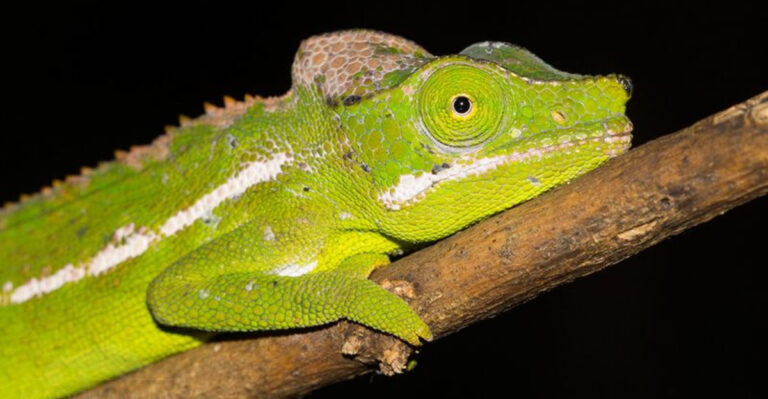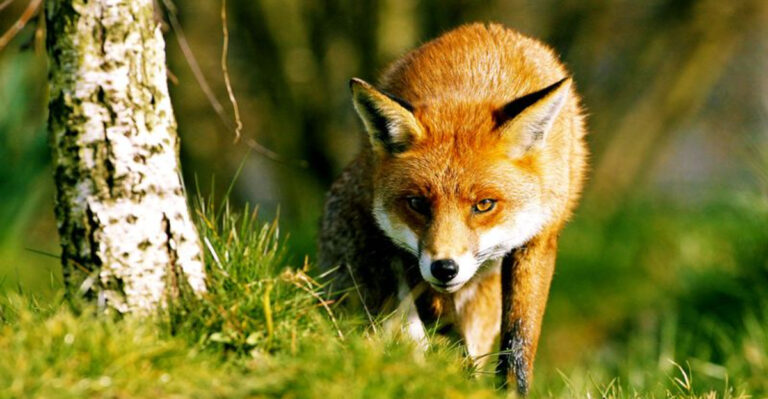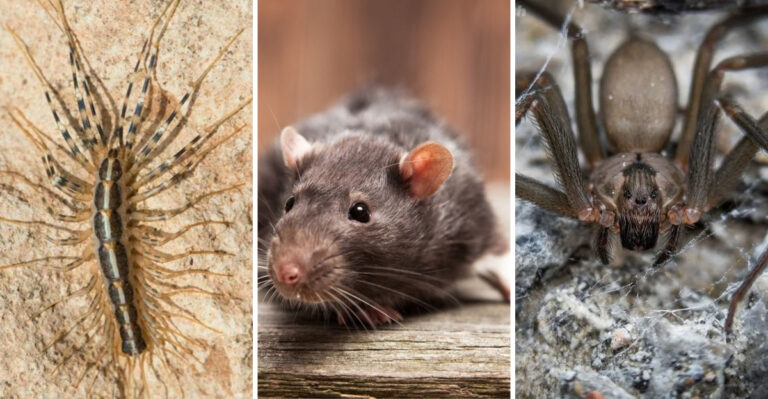15 Strange New Species Discovered Over The Last 20 Years
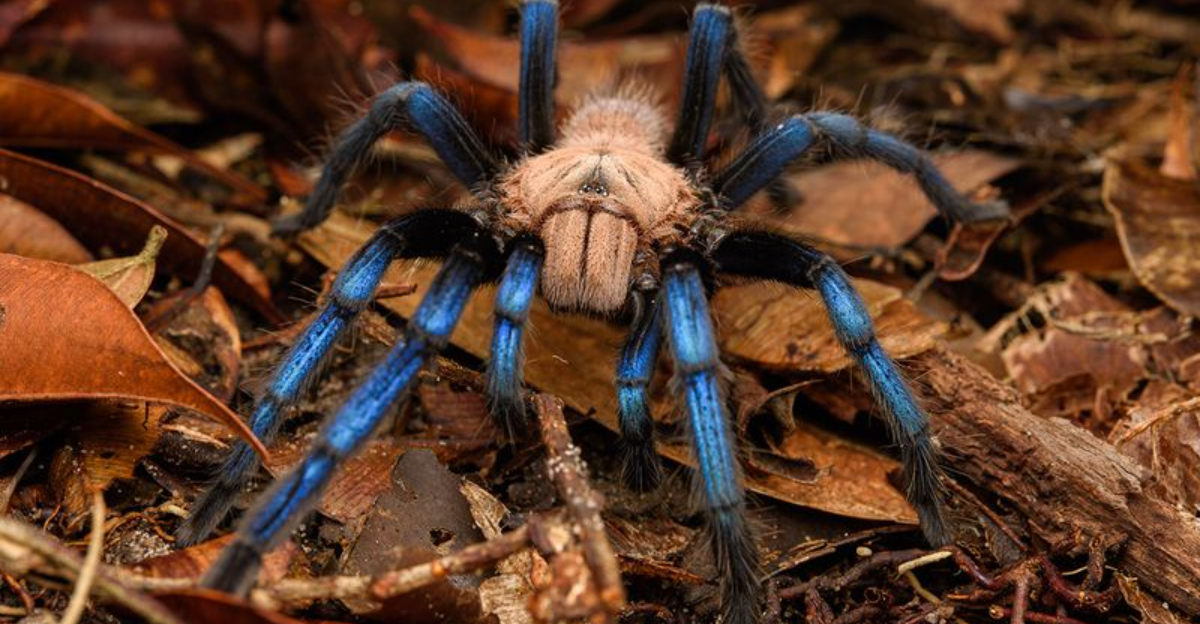
Over the past two decades, scientists have made remarkable discoveries, uncovering some of the strangest and unique species the world has ever known.
From bizarre creatures deep within the oceans to rare animals hidden in dense forests, these newly identified species offer a glimpse into the incredible diversity of life that still exists on our planet.
Despite the growing challenges of habitat loss and climate change, these discoveries remind us of the endless wonders nature still holds.
1. Tapanuli Orangutan
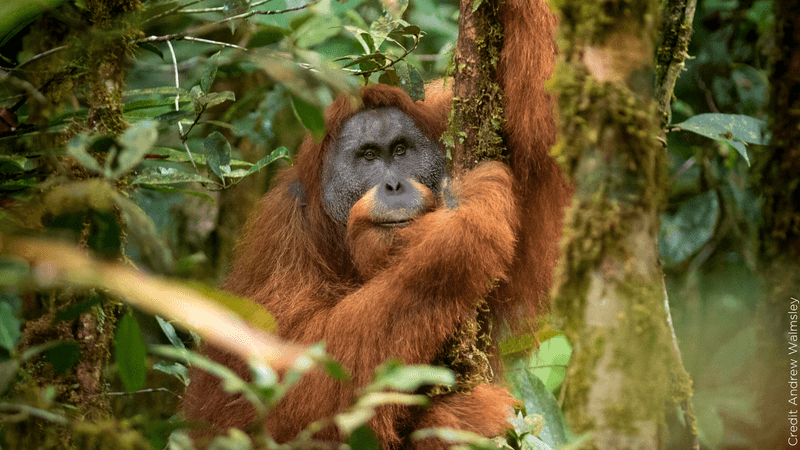
Found in the forests of Sumatra, the Tapanuli Orangutan is a recently identified species of great ape. With only around 800 individuals, it is critically endangered.
Orangutans are known for their intelligence and distinct social behaviors. The Tapanuli species has unique vocalizations and dietary habits compared to its Sumatran and Bornean relatives.
The conservation of their fragile habitat is crucial to their survival, making them a focal point for biodiversity preservation efforts in the region.
2. Ninja Lanternshark
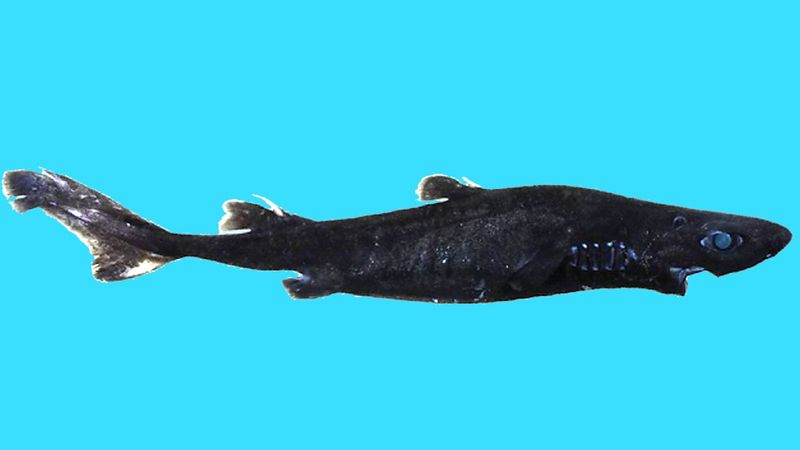
Discovered off the Pacific coast of Central America, the Ninja Lanternshark is named for its stealthy black skin. Found in deep waters, this elusive species glows in the dark due to bioluminescent organs.
First described in 2015, these sharks are small, reaching about 0.5 meters in length. Their glowing bodies are thought to attract prey in the dark ocean depths.
Ninja Lanternsharks highlight the mysteries of the deep sea and the adaptations creatures have developed to survive in such extreme environments.
3. Wakaleo Schouteni
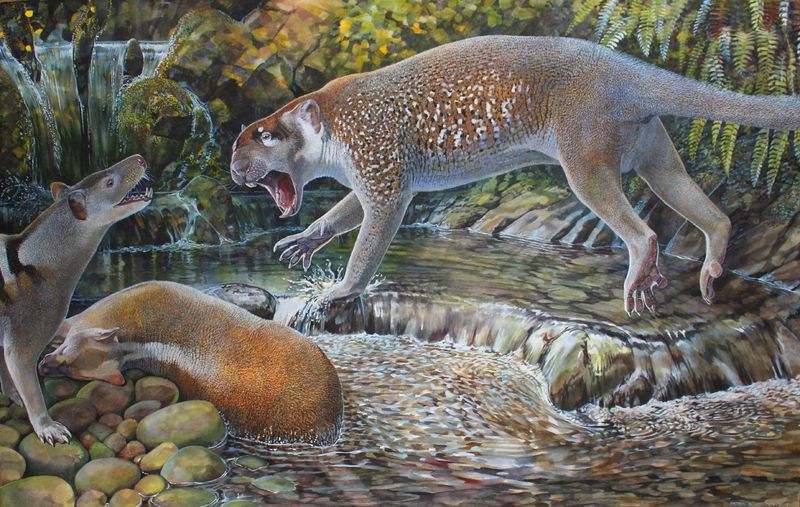
In 2017, paleontologists announced the discovery of Wakaleo schouteni, a marsupial lion that roamed Australia’s forests approximately 18 million years ago. This extinct carnivore was about the size of a dog.
Despite its fearsome name, Wakaleo likely had a varied diet, which included small animals and plant matter. Its robust forelimbs suggest it was adept at climbing trees.
Fossils of Wakaleo Schouteni offer a window into Australia’s rich prehistoric wildlife, providing insights into the evolutionary history of marsupials.
4. Ruby Seadragon
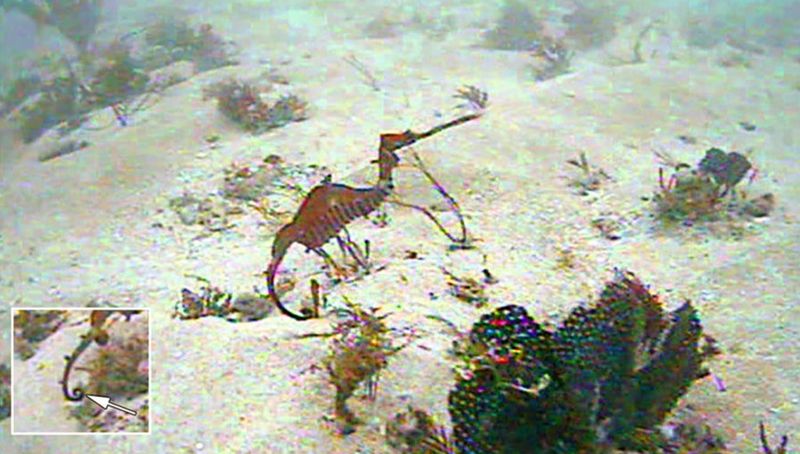
The Ruby Seadragon was first identified in 2015 off the coast of Western Australia. It gets its name from its striking red color, a feature that helps it camouflage among offshore seaweed.
Unlike its relatives, the Leafy and Common Seadragons, the Ruby Seadragon lacks elaborate appendages. Its discovery was a surprise to marine biologists, expanding the known diversity within its family.
Studying this species aids conservation efforts and helps scientists understand the evolutionary paths of marine life in Australia’s unique ecosystems.
5. Lesula Monkey
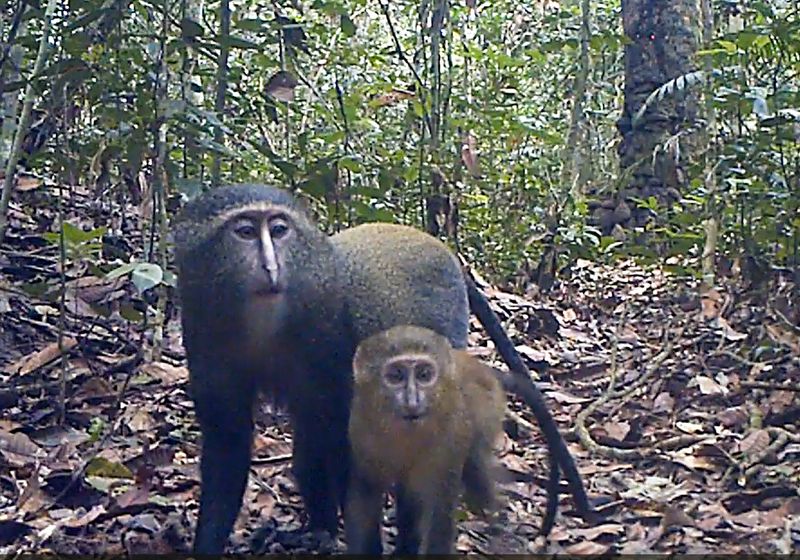
The Lesula Monkey, a primate with striking blue skin, was discovered in the Democratic Republic of Congo in 2007. Its distinctive appearance and long, golden mane make it stand out among other monkey species.
Lesulas inhabit remote forested areas, and their behavior remains largely a mystery. Conservation efforts are essential due to habitat loss and hunting pressures.
These monkeys help broaden our understanding of primate diversity and the ecological roles different species play in their habitats.
6. Olinguito
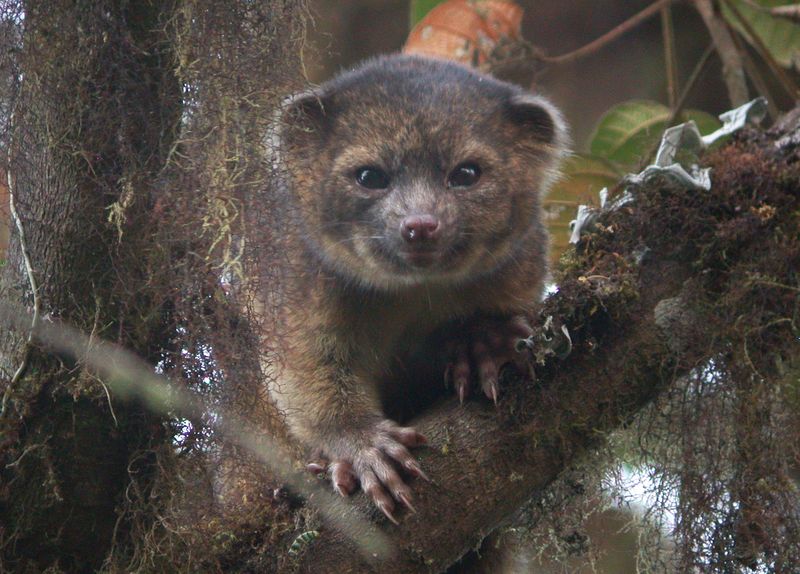
The Olinguito, discovered in 2013, is native to the cloud forests of Ecuador and Colombia. This small, nocturnal mammal is the first new carnivorous mammal species identified in the Americas in over three decades.
Olinguitos are known for their teddy-bear-like appearance and arboreal lifestyle. They primarily feed on fruits, showcasing the diverse diets within their ecological niche.
The discovery of the Olinguito has emphasized the richness of South American biodiversity, encouraging further exploration and conservation of these vital habitats.
7. Spinosaurus Aegyptiacus
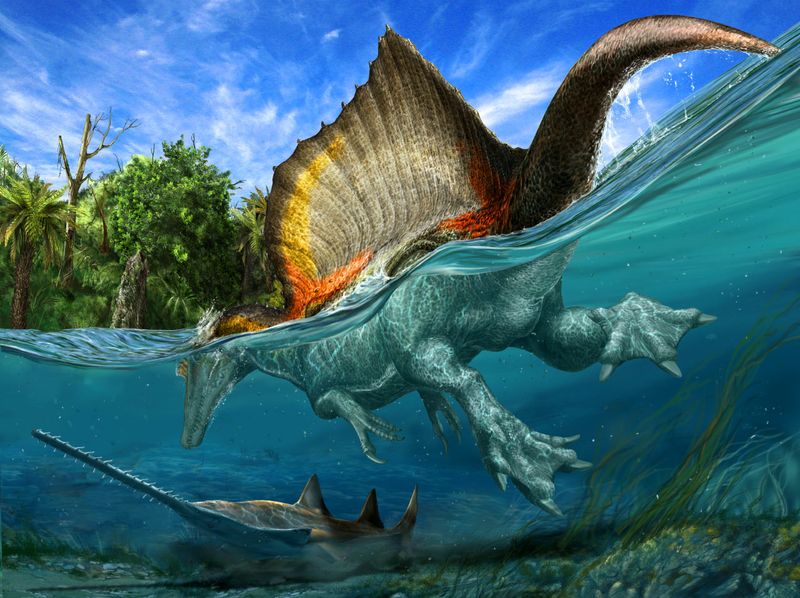
Rediscovered through fossils in recent years, Spinosaurus aegyptiacus was the largest carnivorous dinosaur, living around 95 million years ago in North Africa.
Spinosaurus had an elongated snout and conical teeth for catching fish, resembling modern crocodiles. Its iconic sail is a subject of scientific debate regarding its function.
Understanding Spinosaurus helps paleontologists unravel the ecosystem dynamics of Cretaceous Africa and the evolutionary experiments of dinosaurs.
8. Frogfish
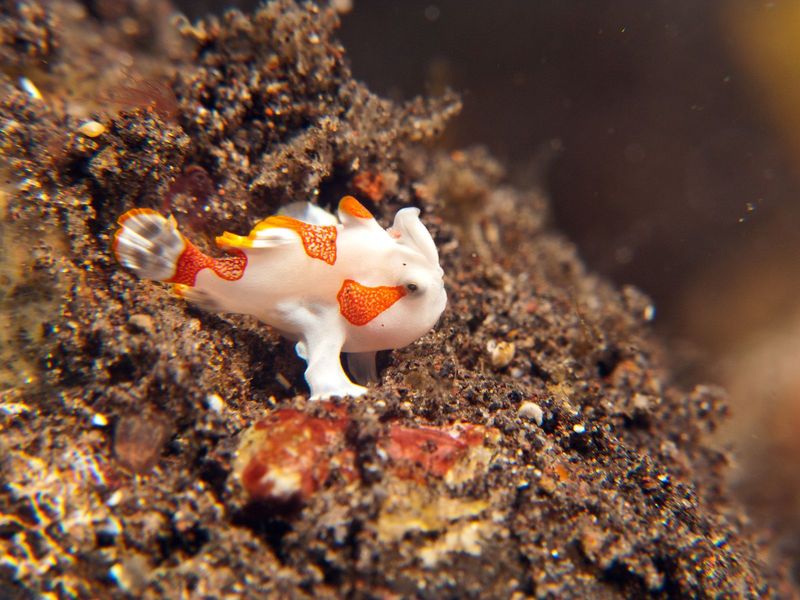
Frogfish are a family of anglerfish discovered in various tropical oceans. Known for their incredible camouflage, they can change color to blend with their surroundings and ambush prey.
These fish have a unique method of locomotion, walking along the sea floor using their pectoral fins. The lure on their head mimics marine organisms, drawing in unsuspecting prey.
Frogfish diversity illustrates the evolutionary creativity of ocean life, with each species possessing adaptations that allow them to thrive in specific coral reef habitats.
9. Rinjani Scops Owl
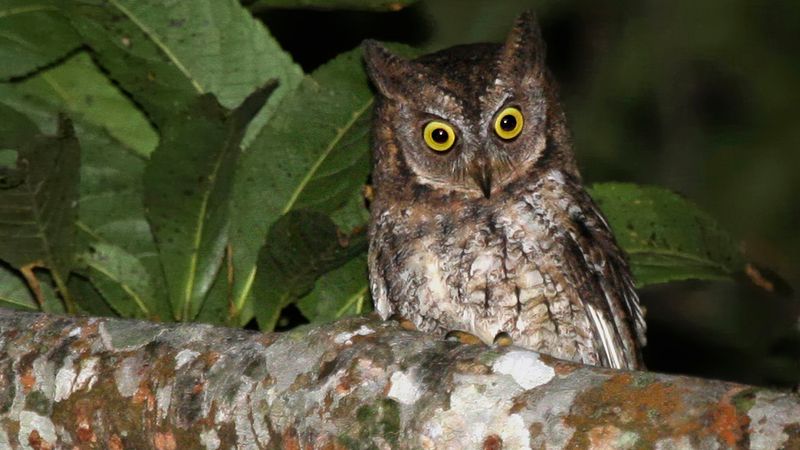
Discovered in 2013 on Indonesia’s Lombok Island, the Rinjani Scops Owl is distinguished by its haunting calls and unique plumage. Its dark eyes and white eyebrows give it a mesmerizing stare.
These owls inhabit montane forests, relying on their keen senses to hunt insects and small mammals. Their calls have intrigued ornithologists, leading to further studies on their communication.
Discoveries like the Rinjani Scops Owl highlight the avian diversity in Indonesia and underscore the importance of protecting these rich habitats.
10. Blue Tarantula
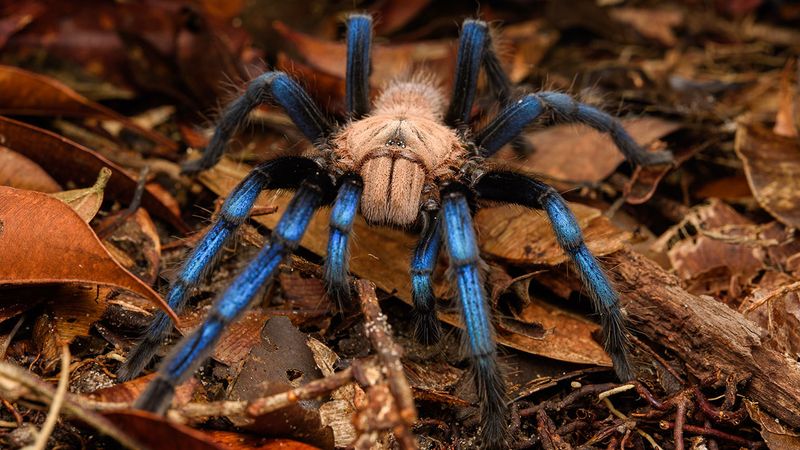
The striking Blue Tarantula was discovered in the forests of Brazil, capturing attention with its iridescent blue hairs. These tarantulas have become popular in the pet trade, albeit with conservation concerns.
They are nocturnal hunters, feeding on insects and small animals. Their striking coloration is likely a warning to potential predators about their venomous bite.
The discovery of new tarantula species, like the Blue Tarantula, underscores the vast and intriguing diversity of arachnids in South America’s rainforests.
11. Yeti Crab
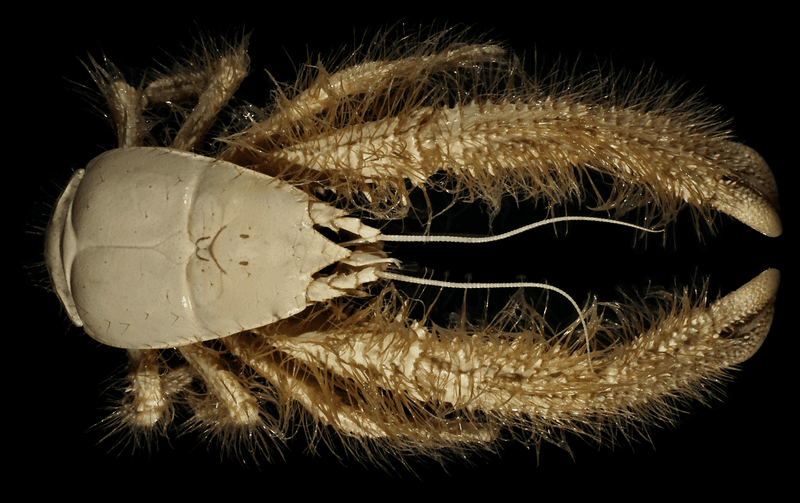
First discovered in 2005 near Easter Island, the Yeti Crab is known for its hairy claws, reminiscent of the mythical yeti. It inhabits hydrothermal vents, a challenging environment with high temperatures and pressures.
The crabs use their claws for farming bacteria, which they consume as food. This unique adaptation highlights their survival strategies in extreme conditions.
Yeti Crabs demonstrate the unexplored biodiversity of deep-sea ecosystems and the remarkable adaptations marine life has developed to thrive in such inhospitable habitats.
12. Paedophryne Amauensis
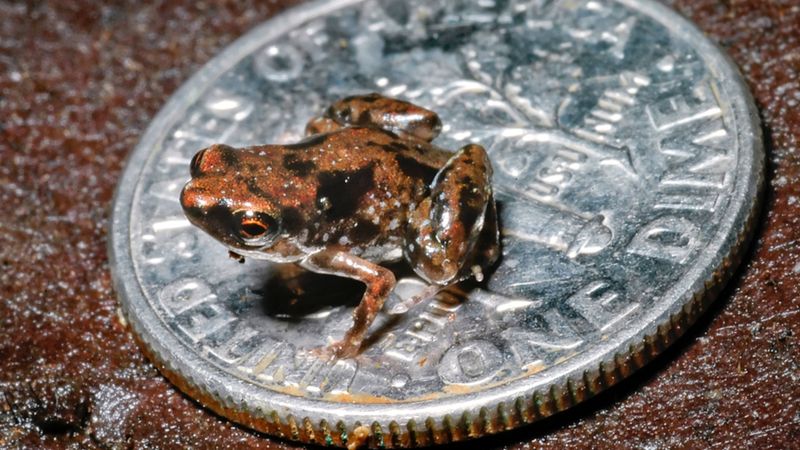
Discovered in 2009 in Papua New Guinea, Paedophryne Amauensis holds the title for the world’s smallest frog, measuring just 7.7 mm in length. Its tiny size allows it to occupy unique ecological niches.
These frogs produce high-pitched calls that are barely audible to the human ear. Their discovery has fascinated herpetologists and highlighted the intricate biodiversity of tropical rainforests.
Paedophryne Amauensis exemplifies the evolutionary extremes in size and adaptation, showcasing the incredible variety of life forms in Papua New Guinea.
13. Titanosaur
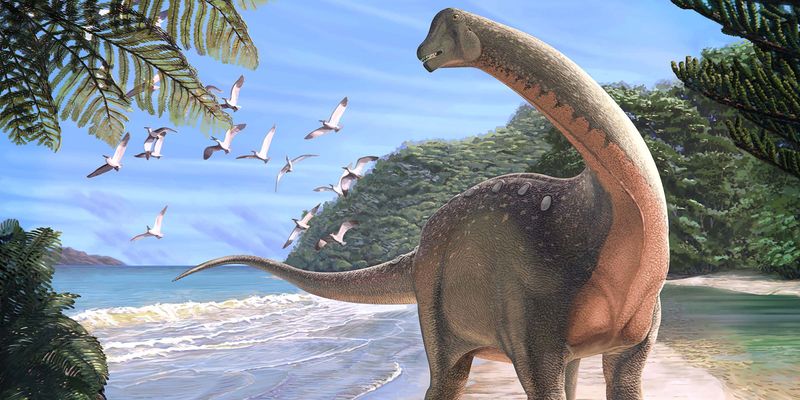
The Titanosaur, discovered in 2014 in Argentina, was one of the largest dinosaurs to ever walk the Earth. Its sheer size, with estimates reaching over 37 meters in length, astounded paleontologists.
This herbivorous giant roamed the Cretaceous landscapes, likely in herds, foraging on trees and vegetation. Its discovery provided insights into the extreme sizes attained by sauropods.
Fossils of the Titanosaur have deepened our understanding of dinosaur evolution and the ecological dynamics of prehistoric South America.
14. Akarotaxis Gouldae – Antarctic Dragonfish
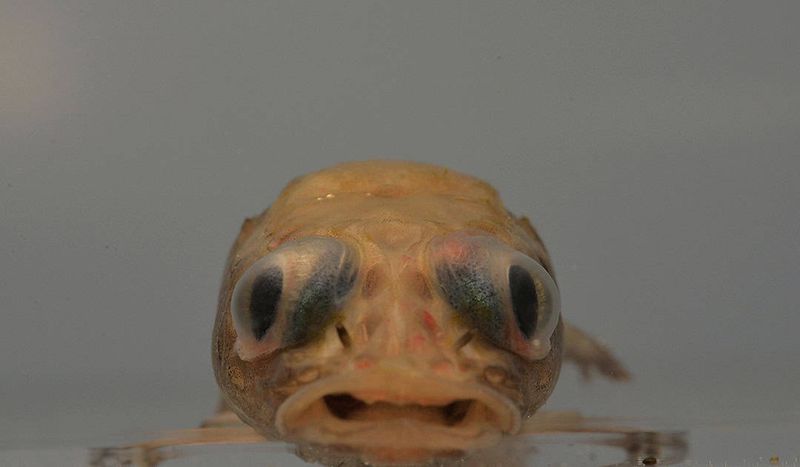
In August 2024, scientists identified Akarotaxis gouldae, a new species of dragonfish discovered in the Southern Ocean off Antarctica.
This remarkable fish is recognized for its slender body, two dark vertical bands on its sides, and elongated mouth with oval-shaped eyes, setting it apart from other marine species. The discovery of Akarotaxis gouldae underscores the unique and often overlooked biodiversity of the Antarctic ecosystem.
As environmental changes continue to affect remote regions like Antarctica, this species’ discovery highlights the urgent need for conservation efforts to protect these delicate environments and maintain their ecological balance.
15. Rhabdophis Hmongorum – H’mong Keelback Snake
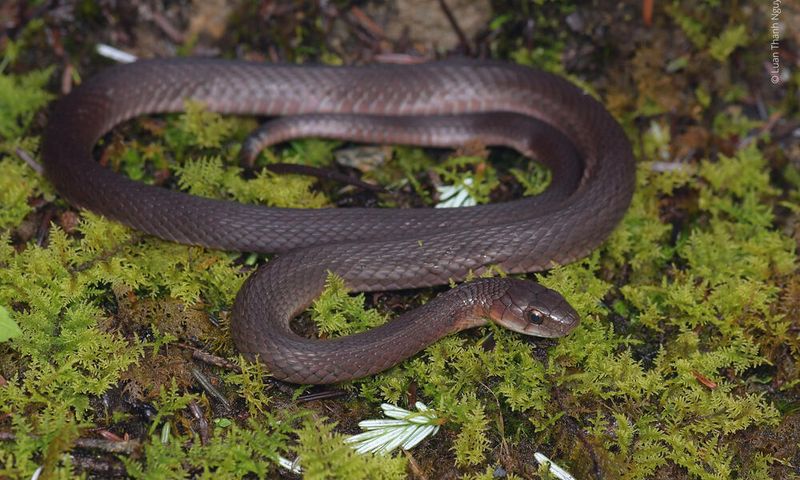
In 2023, researchers described Rhabdophis hmongorum, a new species of keelback snake found in the Greater Mekong region, spanning parts of Laos and Vietnam.
Named in honor of the H’mong ethnic minority group, who played a pivotal role in its discovery, this species adds to the rich diversity of Southeast Asia’s reptilian population.
Though not immediately threatened, Rhabdophis hmongorum faces challenges from habitat loss due to human activity. This underscores the importance of promoting sustainable land-use practices in the region to ensure the survival of this species and the preservation of its natural habitat for future generations.

